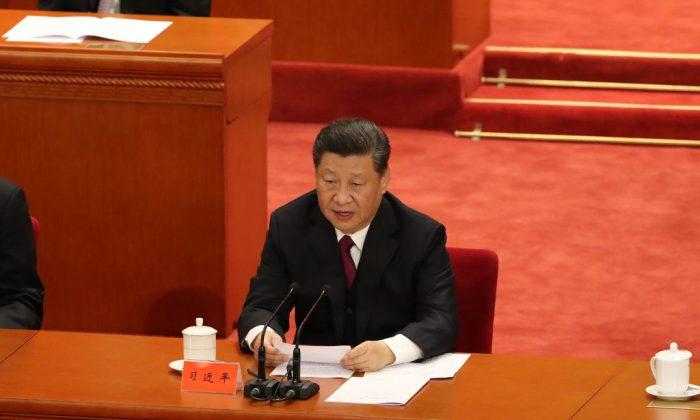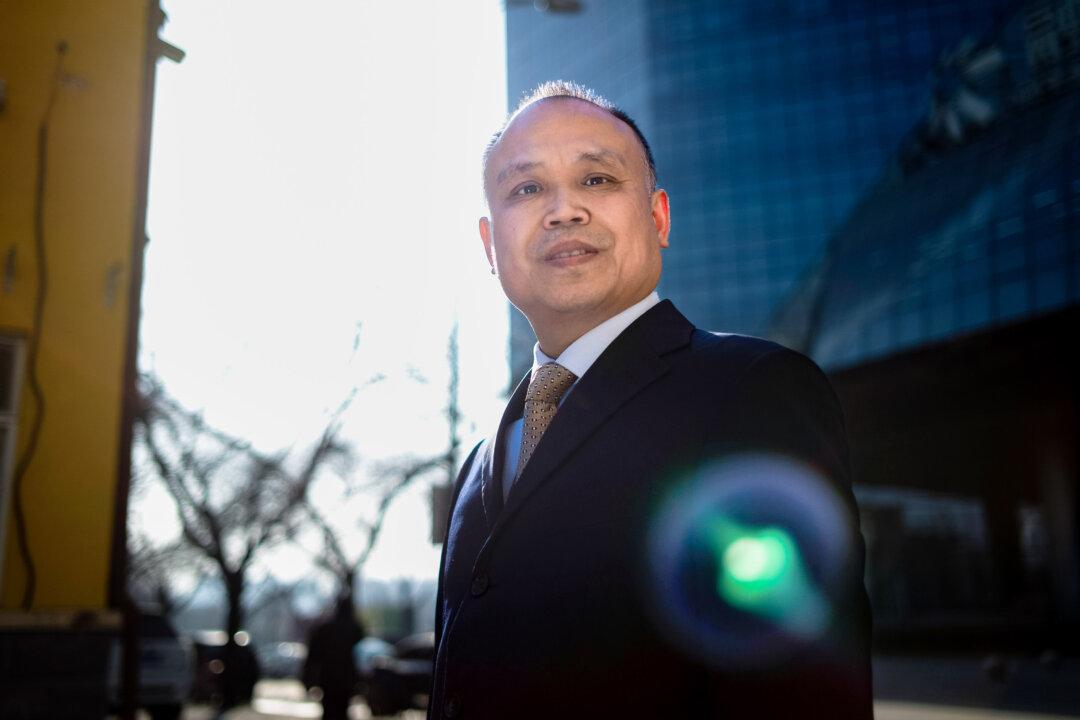China’s next move in the ongoing trade war with the United States is under close scrutiny, after Chinese leader Xi Jinping recently visited a Chinese rare-earth mining and processing company in southeastern China’s Jiangxi Province.
Rare-earth elements, such as lithium and cobalt, are considered the fuel of the next century, as they are needed to produce critical components within many key technologies such as electric vehicles, smartphones, wind turbines, satellites, missiles, and semiconductor chips.
Currently, China dominates the world’s production of rare earths with a near-monopoly. The United States imports much of its rare-earth needs from China. According to data from the U.S. Geological Survey, China accounted for 81 percent of global rare earth production in 2017 while the United States produced none. That same year, the United States imported Chinese rare earths totaling about $150 million.
The fact that the United States is a net importer of rare earths has long generated speculation from some analysts that Beijing may use its rare-earth supplies as leverage during trade talks with the United States.
Beijing has used rare earth minerals as a retaliatory tactic before. In September 2010, tensions rose between China and Japan after a Chinese fishing boat collided with two Japan Coast Guards ships in the East China Sea. In retaliation, Beijing cut off exports of rare earth metals to Japan, though the export ban was lifted roughly a month later.
On May 20, Xi, accompanied by Liu He, Chinese Vice Premier and the top trade negotiator during talks with Washington, toured the JL Mag Rare-Earth Corporation in Ganzhou City, Jiangxi, according to Chinese state-run media Xinhua.
JL Mag claims on its website that it is one of the world’s leading manufacturers of sintered neodymium iron boron (NdFeB), a compound that is made by mixing the rare-earth element Nd with iron and boron at high temperatures. The compound is used in making headphones, electric-vehicle motors, and computer hard drives.
JL Mag is a private company, but has the support of the Chinese Communist Party (CCP).
On Sept. 21, 2018, JL Mag went public by listing on the Shenzhen Stock Exchange. According to the company’s website, the opening bell ceremony was attended by multiple CCP officials, including Li Wei, a member of the standing committee of the Chinese People’s Political Consultative Conference (CPPCC), a political advisory body; and Liu Wenhua, who was deputy mayor of Ganzhou at the time and is now the city’s deputy party secretary.
JL Mag also has received financial support from Beijing. In the company’s 2018Q3 financial report, JL Mag reported that it had received over 39 million yuan (about $5.6 million) in government subsidies in 2018.
Implications
It remains to be seen whether Xi’s visit is an indication of what’s to come in trade talks with the United States. But Shi Yinhong, a professor at the School of International Studies at Renmin University of China, said that rare earths would not be a “trump card” during trade negotiations, in a recent interview with Taiwan’s Central News Agency.Shi explained that the United States could easily find alternative rare-earth resources if China were to enact an export ban, while multiple Chinese industries related to rare earths would take a hit if they lose the U.S. business.
Japan’s recent discovery of 16 million tons worth of rare earth deposits off of one of its islands, and untapped rare earth supplies in the Arctic could be among the alternatives for the United States.
Shi’s comments were different from his colleagues’ views. Jin Canrong, also from the School of International Studies, and a contract researcher with the CPPCC, urged Beijing to use its “rare earth trump card” to win the trade war, in a media interview last year.
The United States “would not be able to manufacture many things,” Jin had said. His comments were reposted on May 12 by China’s state-run news site Guancha.
China expert Heng He told Radio Free Asia in a recent interview that if China were to leverage rare earths in the trade dispute, it would only have a minor impact on U.S. industries, since the U.S. government has been preparing to wean off its reliance on foreign supplies.
In Dec. 2017, U.S. President Donald Trump signed an executive order instructing the federal government to identify “new sources of critical minerals,” as well as increase domestic production “at all levels of the supply chain, including exploration, mining, concentration, separation, alloying, recycling, and reprocessing critical minerals.”
The U.S. rare earth sector got a boost on May 20 when Australian rare-earths mining company Lynas, the largest producer of rare earth after China, signed a memorandum of understanding with Texas-based rare earths processor Blue Line Corporation for a joint venture to set up a rare-earths separation facility in Hondo, Texas, according to Lynas’s public statement.
The two companies said China’s dominance was a key factor in their decision to partner up. “The joint venture will help ensure that U.S. companies have continued access to rare-earth products by providing a U.S.-based source,” the statement said.






Friends Read Free